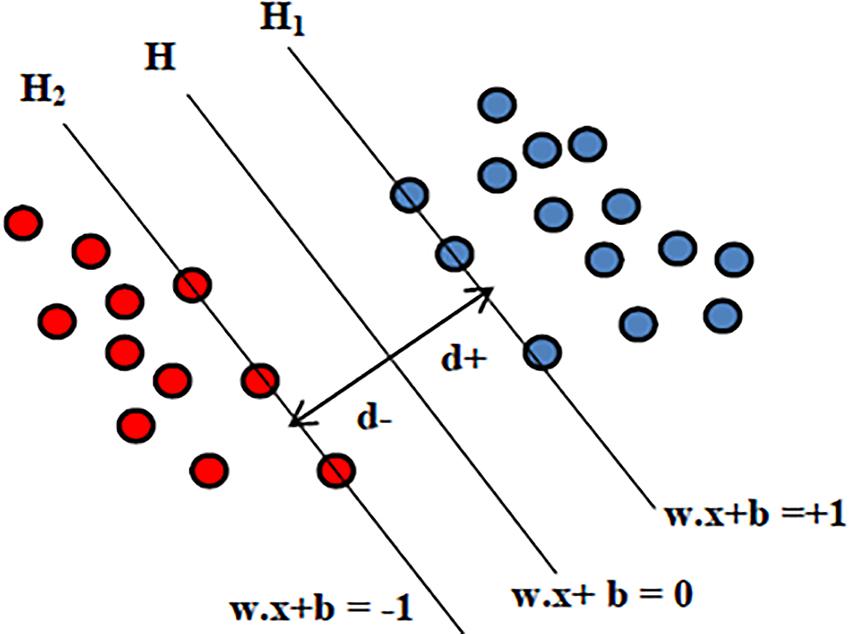
The Google Earth Engine kelp mapping tool presented provides an efficient and transferable method for mapping canopy kelp extent, and the only currently available method to reconstruct coast wide kelp development for the past three decades. For both sensors, a 2 m increase in tide resulted in a 40% decrease in kelp extent detected. The interaction between the spatial resolution, kelp bed size, and bed configuration affected the detected kelp extent, as did the tide level during image acquisition. The results indicate that the overall accuracy of the developed method is high at 80% and very close in accuracy to WorldView-2 data, but no detection is feasible within approximately one 30 m pixel from the shoreline. The objectives of this study were twofold: (1) develop a tool within Google Earth Engine to automate the detection of kelp using the Landsat satellite image archive, and (2) quantify the associated limitations for mapping the surface extent of canopy-forming kelp by comparing Landsat derived kelp extent with extents derived from WorldView-2 satellite imagery. However, the effects of the spatial resolution and temporal coverage for mapping canopy-forming kelp in regions with complex coastlines and large tidal ranges are unknown.
SVM E0171 HYPERPLAN ARCHIVE
The advent of Google Earth Engine, a cloud-computing platform with a repository of Landsat imagery, provides an opportunity to apply Landsat image archive analyses and integrate temporal compositing and filtering to obtain unprecedented data on historical and current kelp extents.

Historical and current available inventories of kelp extent are therefore incomplete for Canada’s Pacific Coast.
SVM E0171 HYPERPLAN MANUAL
While in situ methods and manual interpretation of aerial photography are commonly used to map canopy-forming kelp at local or regional scales, these methods are prohibitively expensive for continued large-area application.

Canada’s Pacific coast presents specific challenges to mapping canopy forming kelp with thousands of kilometers of coastline, complex topography, and a large tidal range. Mapping and monitoring their distribution is integral to understanding the ecology of kelp forests and to inform marine protected area planning. Kelp forests are highly productive and diverse coastal marine ecosystems which have high variability in extent and biomass spatially and through time. They certainly should represent a drastic improvement relative to current regional databases. Despite variable overall classification accuracies (45-85%), the resulting thematic maps were deemed acceptable to (i) regionally provide, following their critical evaluation, an adequate baseline for further large-scale conservation programs and research actions and (ii) regionally re-assess carrying capacity estimates for green turtles. Products’ accuracies were assessed against (i) selected in situ data (ii) patterns detectable with very high-resolution IKONOS images and (iii) published habitat maps with documented accuracies. Three major classes were derived (“dense seagrass”, “medium-sparse seagrass”, and a generic “other” class). A total of 40 Landsat scenes (path-row) were processed. We used the following combination of methods to map seagrasses throughout the WCR: geomorphological segmentation, contextual editing, and supervised classifications. The main goal of this study was to test the feasibility of achieving Landsatbased large-scale seagrass mapping with limited ground-truth data and acceptable accuracies. Second, large-scale high-resolution mapping requires several hundred Landsat 5 and 7 images, which poses substantial processing problems.

First, the diversity of environments, the heterogeneity of habitats, and the vast extent of the targeted region mean that local expertise and field data are seldom available. To assist with such a fundamental conservation need using high resolution remote sensing data, both environmental and methodological challenges need to be tackled. This is especially true for the Wider Caribbean Region (WCR) where many conservation initiatives are under way, but impaired by the lack of accurate baseline habitat maps. Effective conservation and the provision of sustainable recovery goals for ecologically significant species, such as green turtles (Chelonia mydas), are limited by the absence of reliable information on seagrass extent. Direct and indirect human-derived impacts have led to significant seagrass declines worldwide and the alteration of services linked to their biodiversity. Seagrass meadows cover about 0.05-0.15% of the world’s ocean and are some of the most productive systems on Earth.


 0 kommentar(er)
0 kommentar(er)
